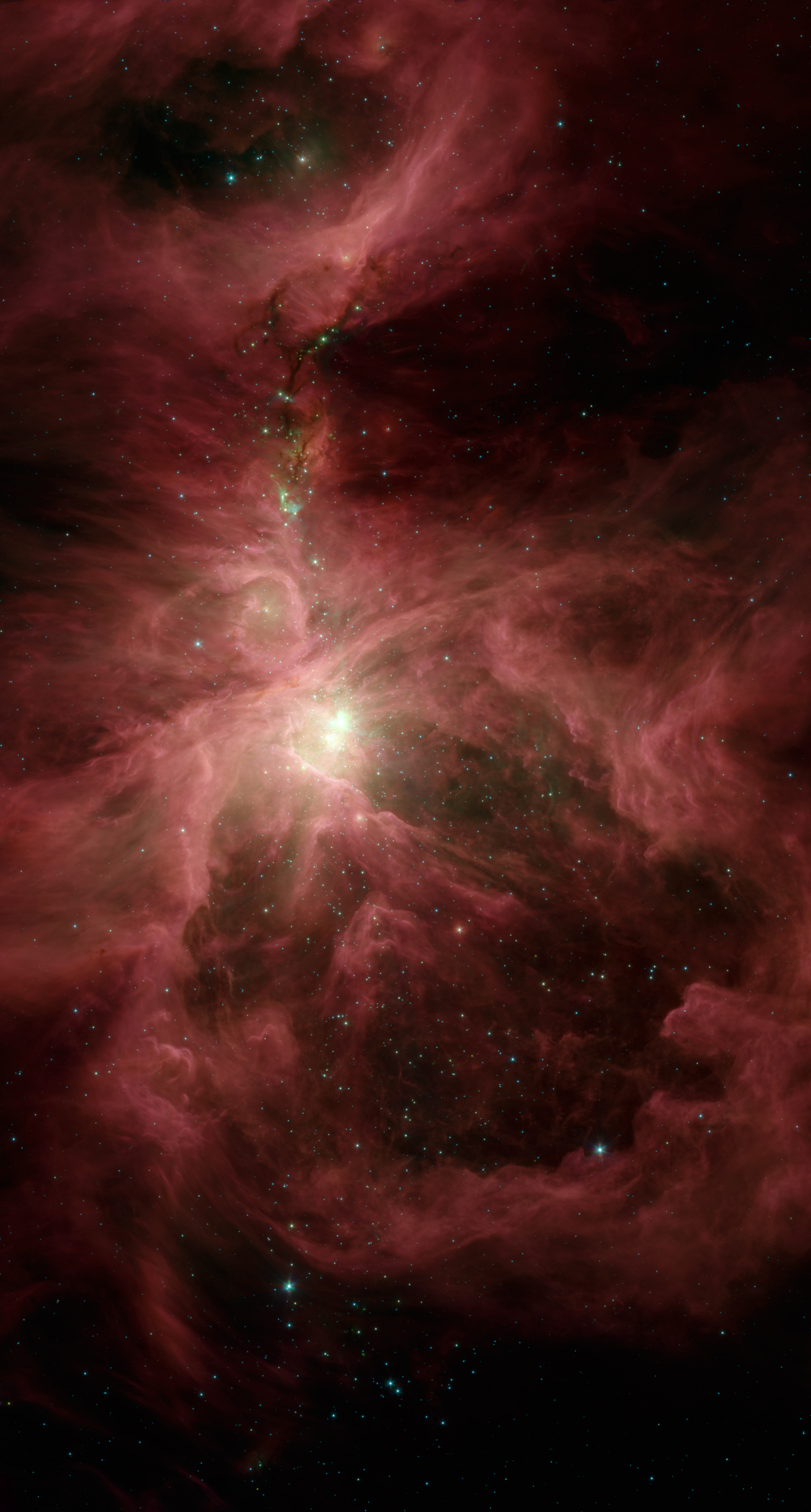APOD: Bullet Cluster

The galaxy clutser 3.4 billion light years away, known as the Bullet Cluster, is notable for the fact that it contains clouds emitting dark matter. Scientists believe that galaxy clusters are formed of three major components; The galaxies themselves, sometimes numbering in the hundreds or even thousands, huge clouds of hot gas visible through optical telescopes, and dark matter, a mysterious material invisible to any form of modern telescope but detectable through its gravitational effect on nearby gasses and objects. The gas clouds contain more mass than all the galaxies in the cluster combined, but scientists calculate that 10 times that mass is needed to hold clusters together; this is where the dark matter comes into play. Clusters such as the Bullet Cluster form over billions and billions of years, steadily attracting increasing numbers of galaxies over time.

